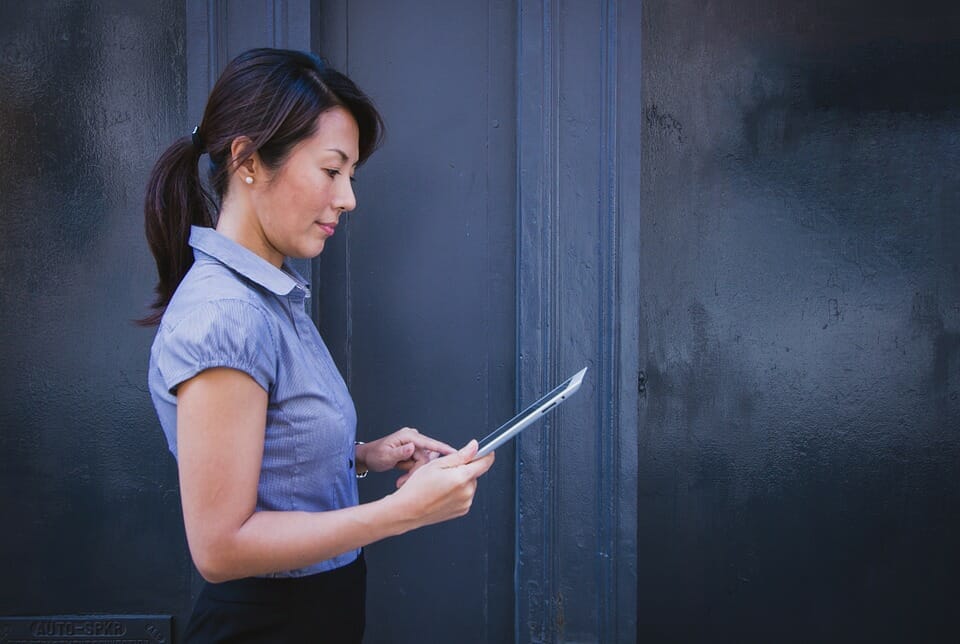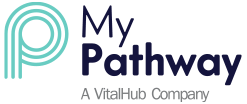The need for digital revolution
Frances Cole

We are starting to see the light at the end of the COVID-19 tunnel as shops, pubs, and restaurants start to open. Although we are far from returning to “normal”, we are able to reflect on what COVID-19 has taught us over the last 15 months. One of the main areas of conversation is the digital transformation the world has made during the pandemic, especially in the healthcare sector. When people were told not to visit hospitals or GPs, unless urgent, technology had to step up. The digital revolution is now, ADI Health were joined by The Irish Motor Neuron Disease Research Team from Trinity College Dublin (TCD) and Beaumont Hospital, to discuss how their experiences during COVID-19 have shaped their view on digital healthcare.
Mark Heverin, Research Manager at the Academic Unit of Neurology, Trinity College Dublin, started the discussion by telling us about the research his team are doing, focusing on Trinity College Dublin’s digital healthcare programme. The Irish MND Research team are based in the academic unit of Neurology in Trinity College Dublin, focussing on Amyotrophic lateral sclerosis (ALS)/Motor neuron disease (MND). Mark is part of a multi-disciplinary team, which includes psychologist, medics, physiotherapists, engineers and increasingly computer scientists, which is very relevant to this discussion. The main focus of their MND research is to better describe and better characterise the condition of ALS/MND, which is a very heterogenous conditions. What one patient has as their prognosis and onset is not what another patient necessarily has, therefore making it difficult to predict patient trajectory from the offset as they are not always clinically apparent. TCD’s emphasis is on precision medicine, pulling together detailed patient characteristics, onto a digital patient data platform, with the goal that this process should happen across the TRICALS consortium, which is made up of 44 ALS Centres across 15 different countries. Collaboration is essential, pulling together existing data sets and harmonising data collection, so we end up with large cohorts and meaningful clusters of patients, to ultimately produce better clinical trials in a unified way. It’s extremely ambitious, but it’s a move towards digital healthcare.
Miriam Galvin, Associate Professor and Head of Health Services Research within Academic Unit of Neurology, Trinity College Dublin, moved on to discuss the neurodegenerative disease ALS/MND in more detail. There is no curative treatment for patients, once diagnosed the average life expectancy is 3-5 years. Managing the disease is palliative, the aim is maximising quality of life and minimising the burden for both patients and caregivers, who are a substantial part of ALS/MND patients’ journey. However, as a research and clinical component, it is an exemplar disease for tracking the patient’s journey, giving the research team a rare opportunity to look at health services and information exchange. A considerable amount of care for people with ALS/MND is provided in the community by family members and therefore the digital revolution needs to stretch out of the hospitals and into the homes, marrying the engagement in the home as to what goes on in the clinic. The healthcare eco system looks at the patient always being at the centre of healthcare and all the interactions that go on around them in relation to their health. This includes caregivers, family, community, healthcare practitioners, the health system and cultural context all of whom need to be considered as the patient progresses through the illness, but ensuring the patient is always kept at the heart. One area that TCD have looked at within Beaumont Hospital is mapping the patient and caregiver journey through the illness. Collecting patient clinical details, resource use, service use, patients’ quality of life, psychological measures, caregiver burden and other carer experiences. Part of the challenge moving forward digitally is how do you keep the patient at the centre and manage to include all these components in a journey through a digital platform? You can have the greatest software and technology available, but the patient needs to be engaged to ensure that the information and outcomes you are gathering are accurate, it is important to manage the information in an objective and consistent way.
Beaumont Hospital MND Clinic is a national clinic, and therefore the vast majority of people in the Republic of Ireland who have MND, attend the Beaumont clinic in Dublin. Deirdre Murray, Research Fellow and Co-lead of the Clinimetrics Subgroup within Academic Unit of Neurology, Trinity College Dublin, highlighted that there is a significant travel burden attending the clinic, travelling up to 3 hours for an all-day hospital appointment can be a severe strain on patients. The reality is that people with MND spend most of their time at home, with family and carers and they interact with community services that are not specialist services. The primary link between the specialist clinic and MND patients at home is the specialist clinical nurses. Prior to COVID-19 the clinic had already started thinking about telemedicine and remote monitoring and in 2019 they held patient focus groups, to gain an understand from patients experience and attitude towards the concept of digital health, ensuring that the patient would benefit from the digital service. Patient feedback was overall encouraging. “Well I, certainly would be all for remote monitoring because over the last number of months I found the journey very, very difficult…” Another patient highlighted the benefit of remote monitoring for the fact that they can ask their clinician questions, outside of the clinic. Prior to telemonitoring patients had one opportunity in a 3-month cycle to raise any questions or concerns, “It’s really hard, you’re banking it all up for three months and if it doesn’t come up in conversation and you’ve gone through five questions, you forget number six.”
As previously discussed, ALS/MND varies from patient to patient. The standard method for clinic is that the patient is seen at the clinic every 2-3 months, and they are assessed and referred to different services including physiotherapist, speech and language therapist and cognitive assessment. Time in motion studies highlighted how a patient’s day at clinic can look. If the patient is not flagged for any specific service in advance, waiting times between appointments can be lengthy and therefore patients are often very tired when they leave clinic. During COVID-19 Beaumont Hospital was provided with funding to use telehealth to enhance management of their vulnerable patients and the entire model of how the clinic provided care changed. To avoid any unnecessary visits to clinic, patients were asked to carry out Remote Forced Vital Capacity Testing (FVCs), and although the clinic was open it was very nuanced in which patients to see face to face, so many patients were supported using video consultations. During COVID-19 Beaumont Hospital had to keep the services going, but ensuring the patients were safe as well as happy with the digital service being offered. TiM (Telehealth in MND) on MyPathway was implemented within Beaumont Hospital to support clinicians to measure digital outcomes and monitor patients remotely. One of the most important concepts of the app is that patients can answer questionnaires about how they are feeling, they can communicate with their consultant and therefore feel empowered in their healthcare, putting them at the heart of digital technology. TiM will never replace the clinic, it is there to improve its potential to supplement and augment the existing system. TiM on MyPathway was originally developed in Sheffield Teaching Hospitals and Beaumont Hospital have partnered with Sheffield to use the platform. They have modified the app slightly to align with Ireland such as linking IMNDA resources.
The final part of implementing TiM on MyPathway, is to ensure the outcomes are beneficial to the clinician but most importantly for the patient. Polly Kennedy, Research Assistant, Academic Unit of Neurology, Trinity College Dublin, emphasised the importance of patient feedback. Patients receive weekly questionnaires about their health, and their carer also receives fortnightly questionnaires about the burden of care, carer support, strain, and patient behaviour. One of the challenges when implementing a new telehealth service is engaging clinicians, making sure the service is useful for the clinical team as well as the patient at home. TiM on MyPathway currently has 30 patients registered, 50% of these patients have invited their carer and Beaumont Hospital are using their current data to plan their next clinical visit, to ensure the service is more efficient. Feedback has overall been positive; however some patients have highlighted some concerns such as the feeling that “it would bring the clinic into their home”. It is important to always consider the patient in digital healthcare and understand that digital is not always the answer and for some patients they don’t want to get on board, or don’t understand and for others it will be a blessing. ALS/MND is a devastating condition and it is important for everyone involved in this patient group’s care to put them and keep them at the heart of their journey in the same way digitally as is done in the more traditional model of care provision.
